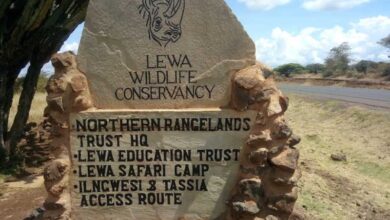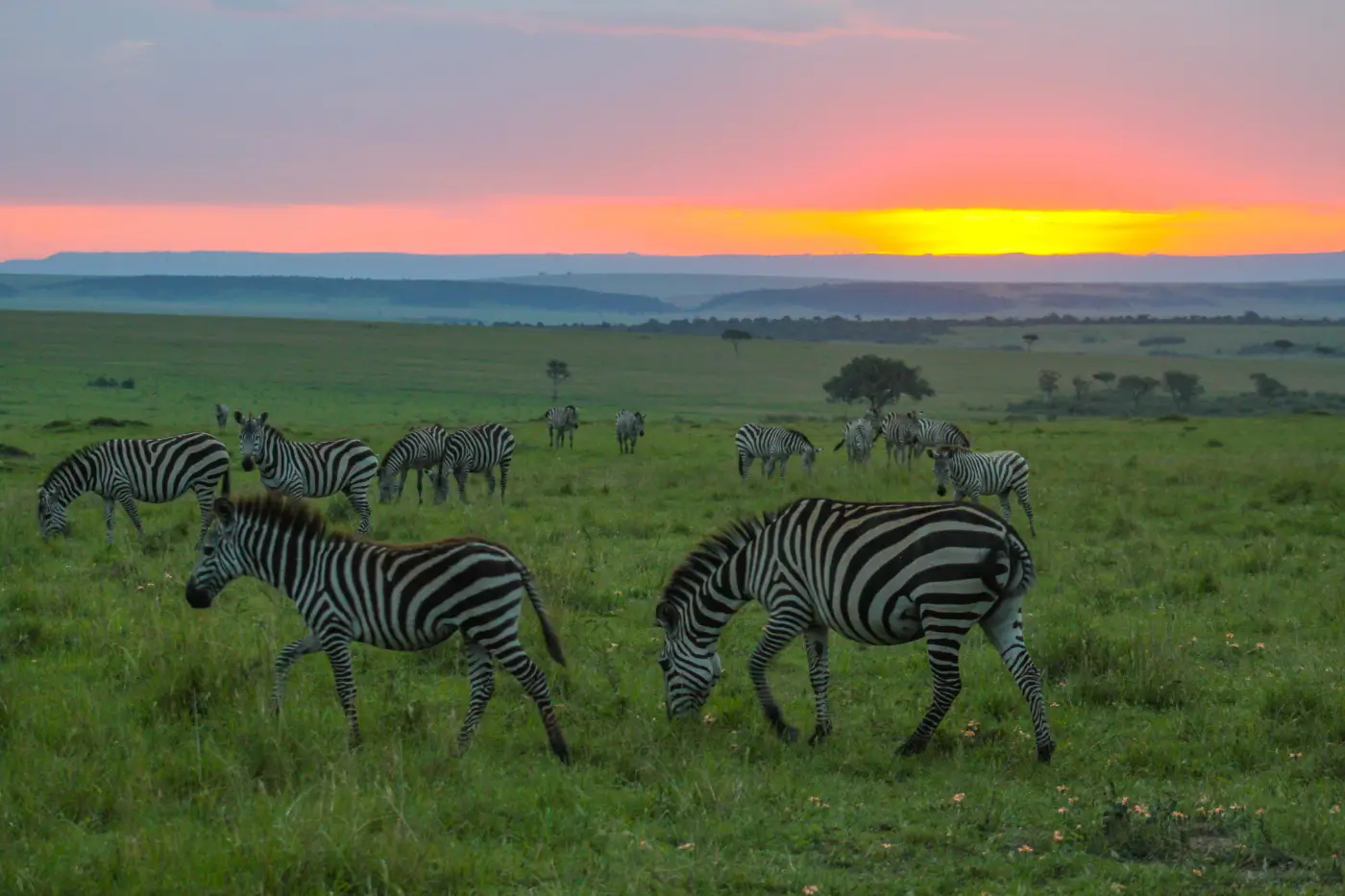
One of Kenya’s largest game reserves, Maasai Mara National Reserve is largely regarded as Africa’s top wildlife reserve (also known as Masai Mara and by the locals as The Mara). Maasai Mara National Reserve is 1,500-2,170 meters (4920-7120 feet) above sea level and covers 1,510 square kilometers (580 square miles). The Mara, which borders the Serengeti plains, is home to an astounding variety of wildlife. A great variety of wild creatures can be found in the Mara Game Reserve, which is well known worldwide.
The term “Mara” means “spotted” in the native Maa language of Maa, due to the Maasai people (the area’s ancestors) and how they described the region when seen from a distance.
Below are some of the interesting things about the reserve;
1. Amazing Wildlife

Masai Mara National Reserve, which was first declared as a conservation area in 1961, is recognized as a year-round safari destination because it provides a more-or-less ideal climate with an abundance of species for fantastic game viewing all through the year. More than 400 bird species have been found in the Mara, many of which are migratory species with about 60 species being raptors. The Mara is also home to the Big Five and the Big Nine African mammals.
2. Many Lions
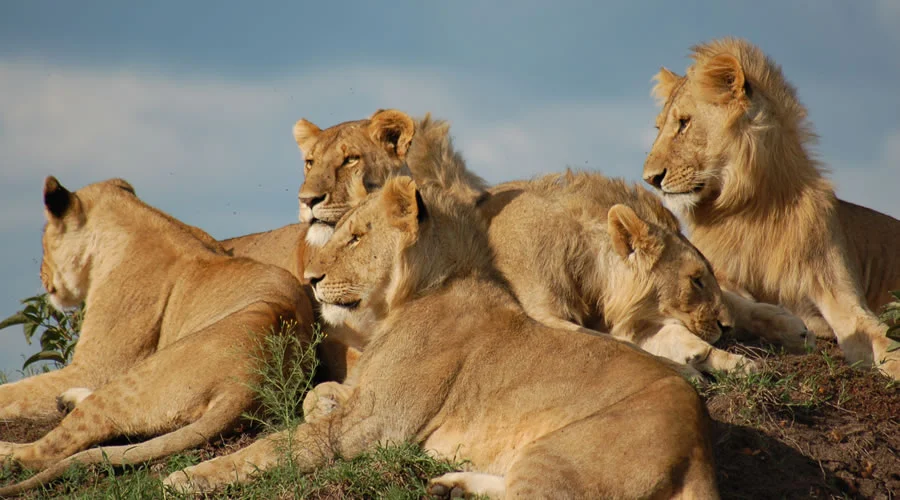
Though the Masai Mara is home to a variety of fascinating creatures, seeing a lion is frequently the highlight of a safari game drive, and the majority of visitors—if not all—have lions at the top of their list of wildlife to look out for when they visit the reserve. There are currently estimated to be between 800 to 900 Lions ( including Lionesses) in the greater Masai Mara area, to include the conservancies surrounding the core reserve.
3. Great Wildbeest Migration
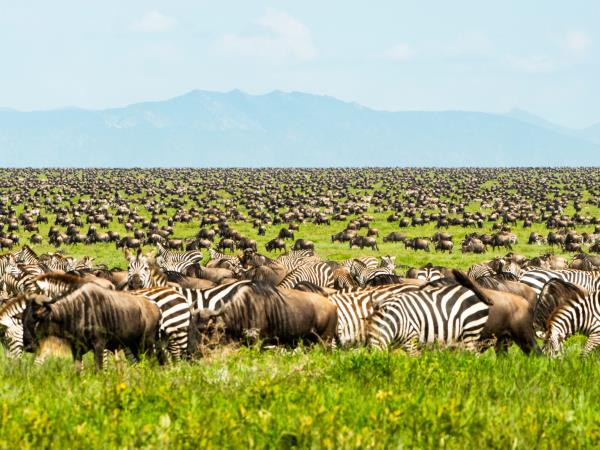
The Great Wildebeest Migration occurs every year between late July and the end of September, however the exact time can vary slightly depending on the prevailing rainfall patterns. It has been named one of the seven natural wonders of the world. More than 1.5 million wildebeest, zebra, and antelopes migrate from the Serengeti northward into the Masai Mara during these months. They do so in search of food and water as well as to complete their reproductive and natal cycles.
4. Beautiful Scenery And Landscapes
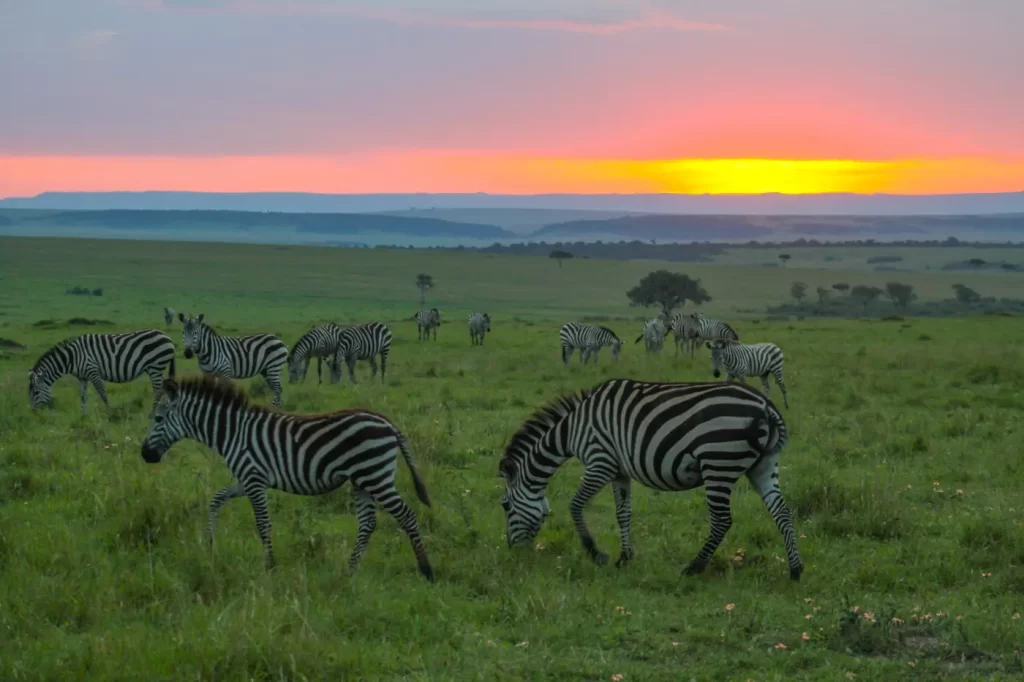
The name Mara, which really means “spotted,” was given to the reserve by the typical African environment of short, bushy trees and shrubs scattered across vast, rolling grasslands, often known as the “savannah” throughout the continent. The park features a number of hilly outcrops as well as steep cliffs on the Western most part of the park, known as the Oloololo escarpment.
5. The Maasai People
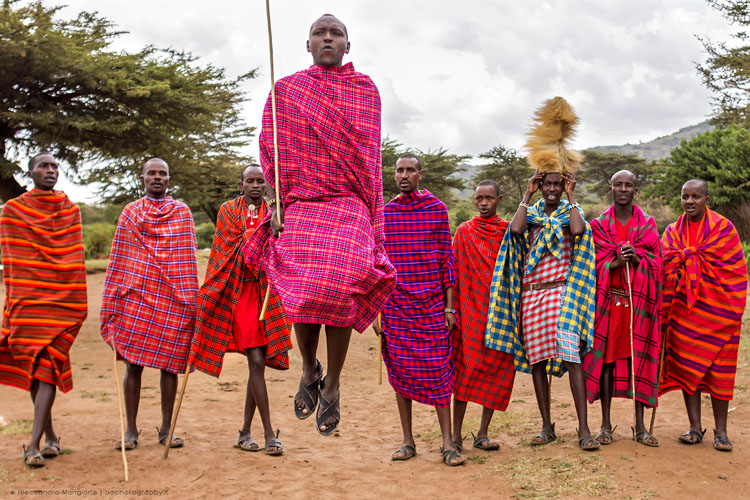
The Maasai are a nomadic pastoralist tribe that historically relies on herding cattle for a living, making them arguably the most recognizable tribe in all of Africa. The Maasai are a Nilotic ethnic group that is said to have moved from the semi-arid Nile valley north of Lake Turkana millennia ago. They now live in the area surrounding Masai Mara and a sizable chunk of the Great Rift Valley. In addition to their traditional attire of red or vividly colored “shukas” or body wraps, the Maasai have a distinctive nomadic culture and way of life.


